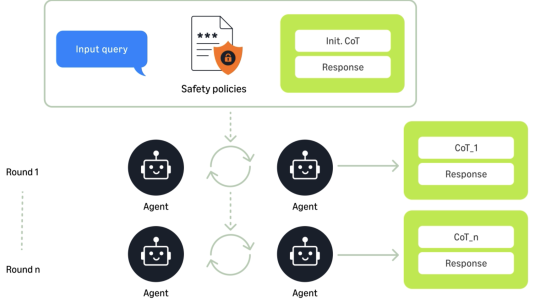Customer-obsessed science


Research areas
-
July 31, 2025Using ensembles of agents to generate and refine interactions annotated with chains of thought improves performance on a battery of benchmarks by an average of 29%.
Featured news
-
2024We propose a single-shot approach to determining 6-DoF pose of an object with available 3D computer-aided design (CAD) model from a single RGB image. Our method, dubbed MRC-Net, comprises two stages. The first performs pose classification and renders the 3D object in the classified pose. The second stage performs regression to predict fine-grained residual pose within class. Connecting the two stages is
-
2024Existing losses used in deep metric learning (DML) for image retrieval often lead to highly non-uniform intra-class and inter-class representation structures across test classes and data distributions. When combined with the common practice of using a fixed threshold to declare a match, this gives rise to significant performance variations in terms of false accept rate (FAR) and false reject rate (FRR)
-
2024We propose Strongly Supervised pre-training with ScreenShots (S4) - a novel pre-training paradigm for Vision-Language Models using data from large-scale web screenshot rendering. Using web screenshots unlocks a treasure trove of visual and textual cues that are not present in using image-text pairs. In S4, we leverage the inherent tree-structured hierarchy of HTML elements and the spatial localization to
-
Journal of Business Research2024Sellers on online marketplaces such as Amazon.com use a variety of retail and retail media advertising services to improve their brand performance, including awareness, consideration, and revenue. But how can they measure their progress and drive these metrics? For 122,000 brands, we measure Amazon shoppers’ brand awareness, consideration, and purchases and test how they change with ad and retail actions
-
2024Given a node-attributed graph, and a graph task (link prediction or node classification), can we tell if a graph neural network (GNN) will perform well? More specifically, do the graph structure and the node features carry enough usable information for the task? Our goals are (1) to develop a fast tool to measure how much information is in the graph structure and in the node features, and (2) to exploit
Academia
View allWhether you're a faculty member or student, there are number of ways you can engage with Amazon.
View all





























